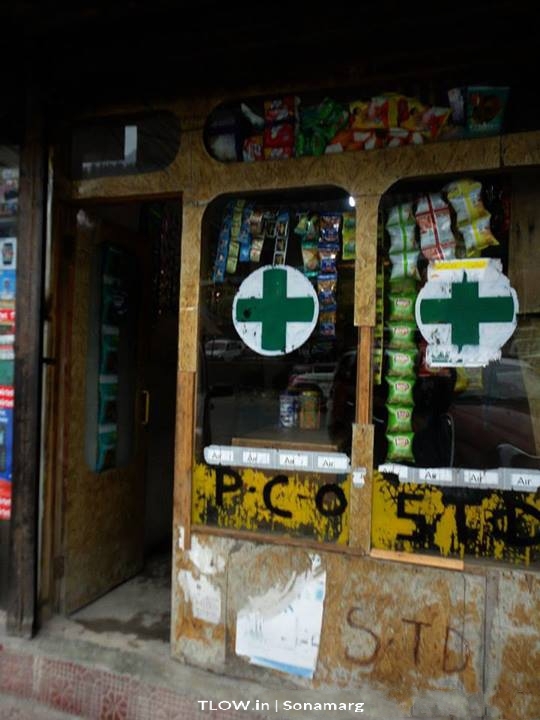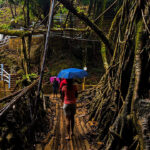
10 things to have in your medical kit
As an experienced traveller or health professional will tell you, things can and occasionally do go wrong on any trip, and taking a well-stocked kit with you is always advised. A first aid kit is an essential piece of equipment on any gap year or backpacking adventure, but most travellers aren’t sure exactly what they need to take with them. So here is an expert guide on how to pack a first aid kit and what to include in it.
1. Balm
This stuff works wonders. Use it on achy muscles or rashes. Put it on your temples if you have a headache. Layer it under your nose if you have a cold, it will clear your sinus right up. Remember to wash your hands after use. Balm in the eyes is no fun.
2. Water rehydration salts
The salt, sugar and water content help to prevent and treat dehydration, making these crucial for travellers’ diarrhoea and a great hangover cure.
3. Gauze
Gauze is the medical jack-of-all-trades. A first aid kit must have a supply of gauze in it. It can be used to apply pressure to a wound, clean an injury, soak up blood, help stop bleeding, and even form part of a basic dressing for small-to-medium wounds.
4. Surgical tape
Surgical tape is one of those essential emergency items for when you need to apply and secure gauze or a bandage to a wound, although plasters can do the same job if need be.
5. Swiss knife or pocket knife
Usually used for cutting surgical tapes and bandages. You never know when this might come in handy. Ever seen the movie 127 hours and its uses? Something to keep in mind is that you should probably leave this out of your kit if you’re travelling by flight.
6. Tweezers
Tweezers are another item that often come standard in most first aid kits and can be useful for pulling out splinters, getting out little bits of stone or dirt when cleaning a wound, or any number of other practical uses.
7. Condoms
Apart from the obvious benefits, these handy little items can be used as emergency water carriers or even filled with ice as an emergency ice pack. Its rim helps form an airtight seal for storing edibles.
8. Pain relief medication
A small pack of basic paracetamol or acetaminophen if you are American or any of the associated brand names is usually sufficient, but ibuprofen or other similar medications are fine too. It doesn’t have to be fancy — basically whatever you normally take for pain relief when you have a headache or minor pain.
9. Antibacterial creams
It’s also a good idea to carry antibacterial creams for any cuts and scrapes you get. This will help heal them faster as well as prevent any possible infections.
10. Current medications
Any meds that you may be prescribed by your doctor for chronic disorders or allergies of some sort; should be necessarily carried along without fail. This list of medicines would differ from person to person and hence is not a part of the common kit.
Scars make every travel experience sound like a wild party; however, staying safe and doing more sounds more satisfying.
–>For a similar experience, >>Click here











